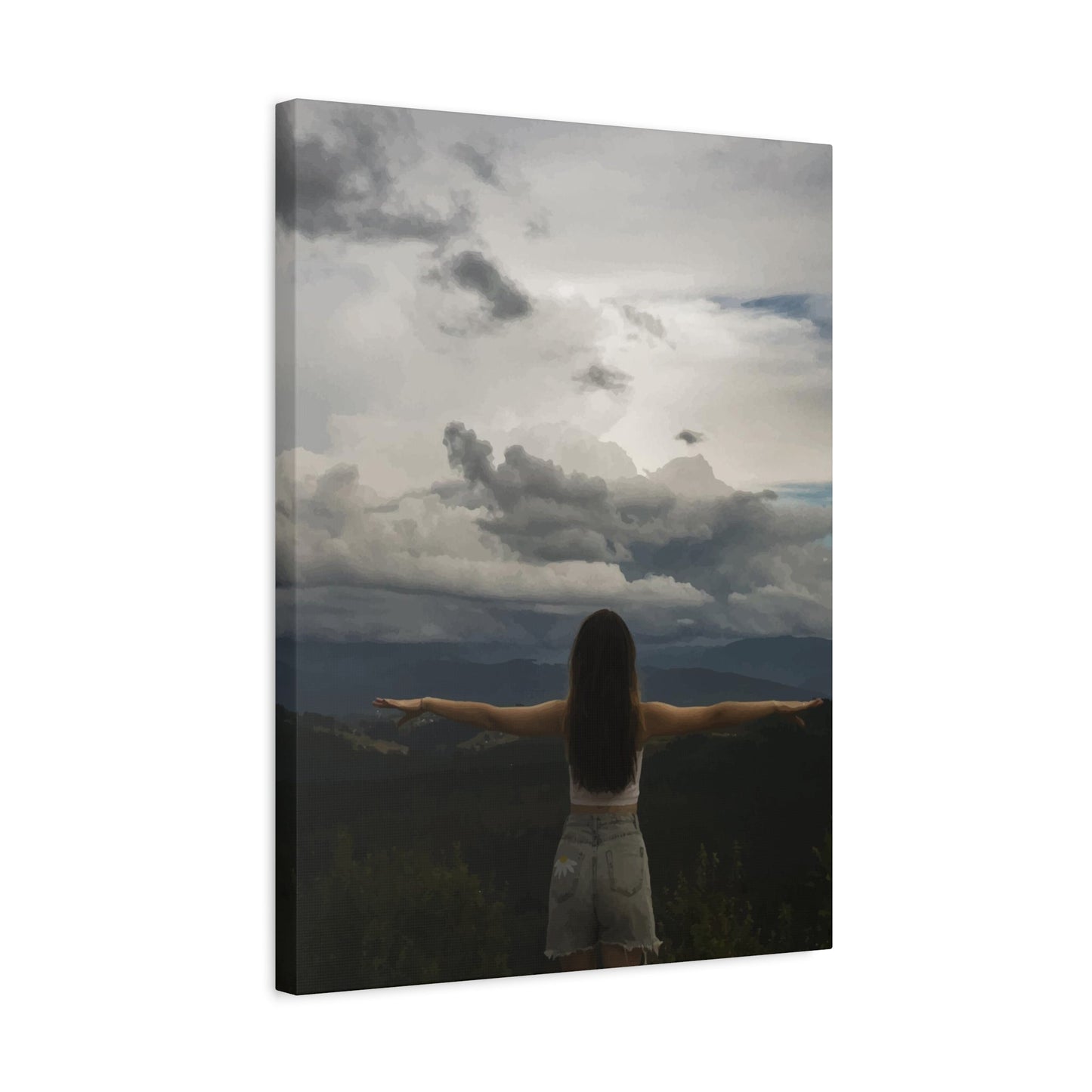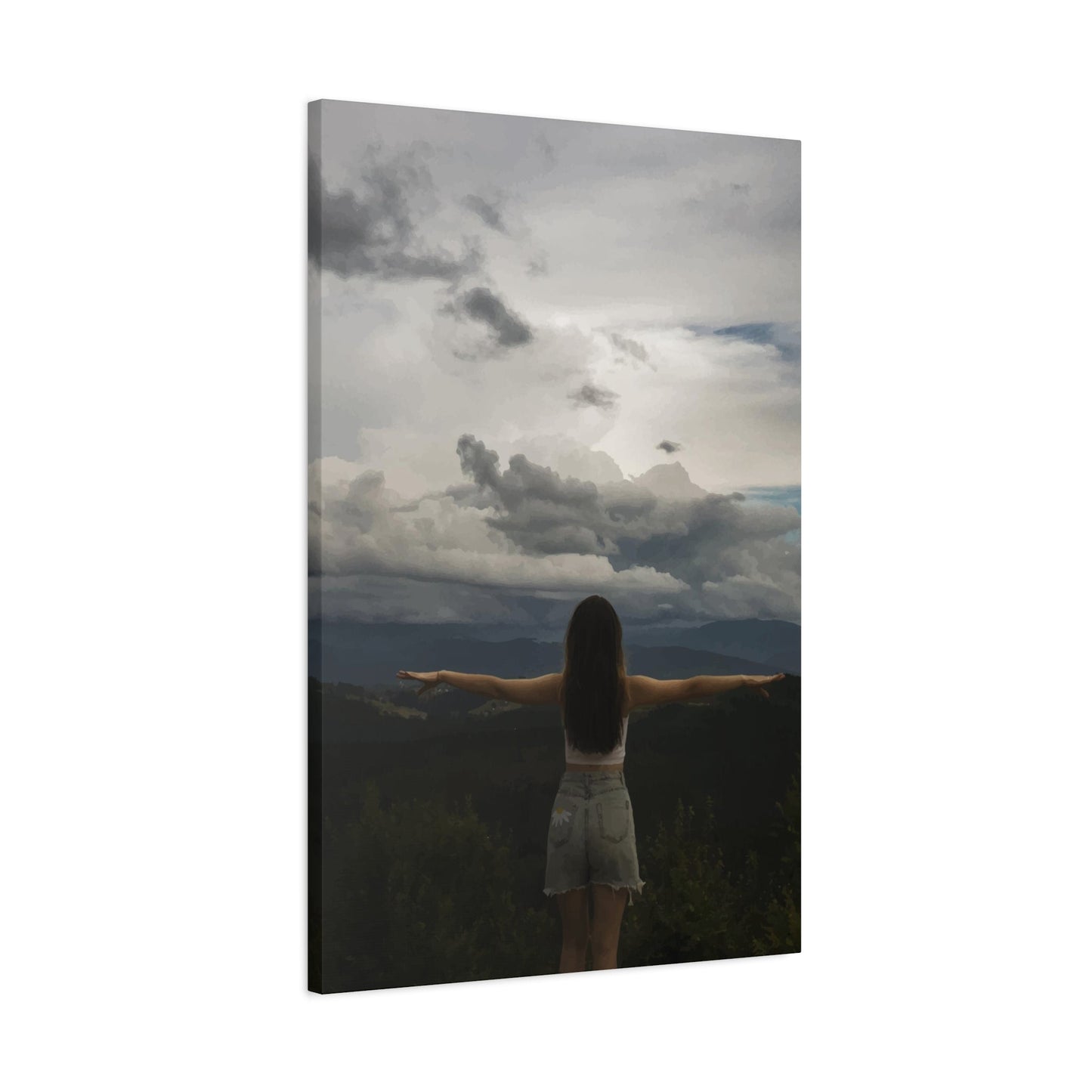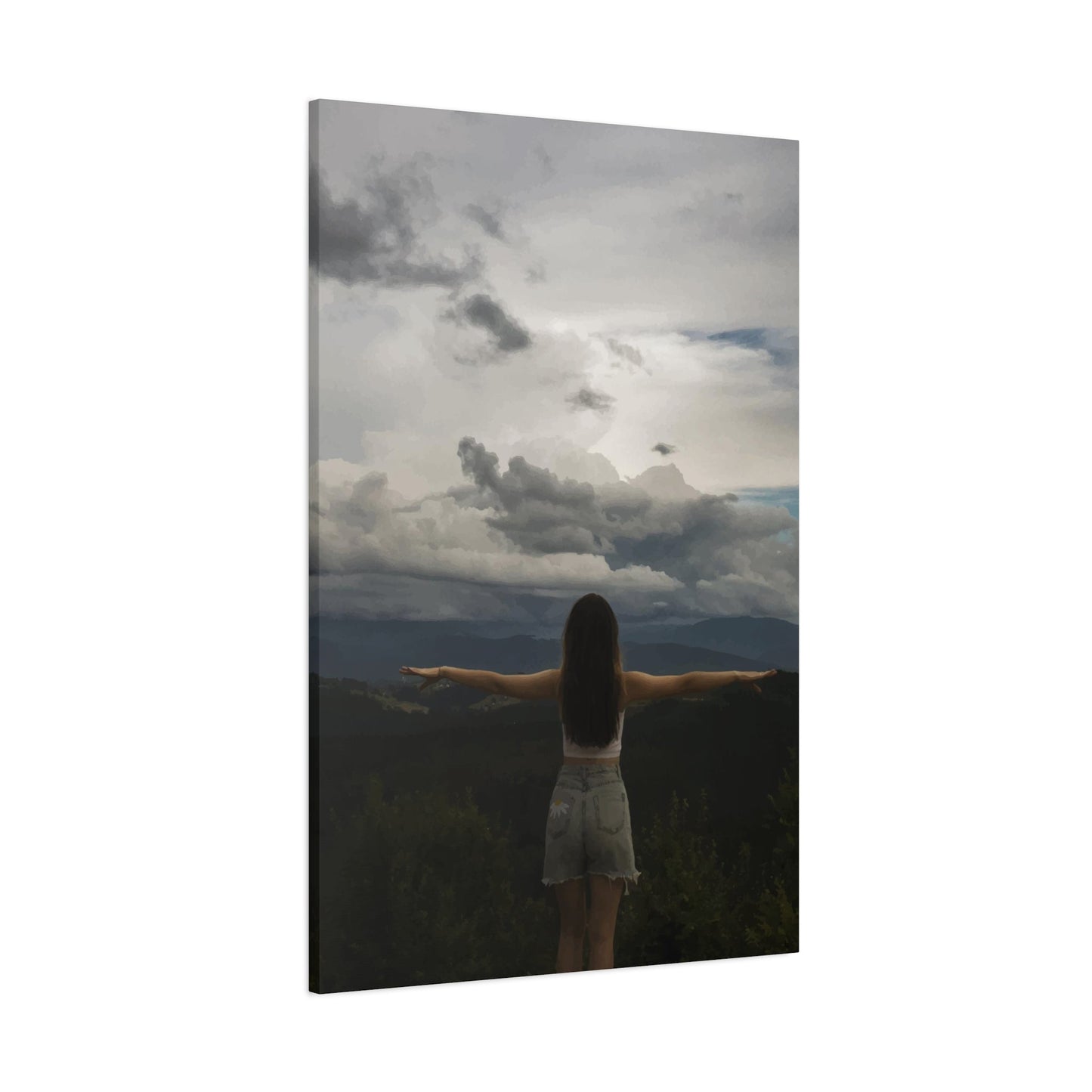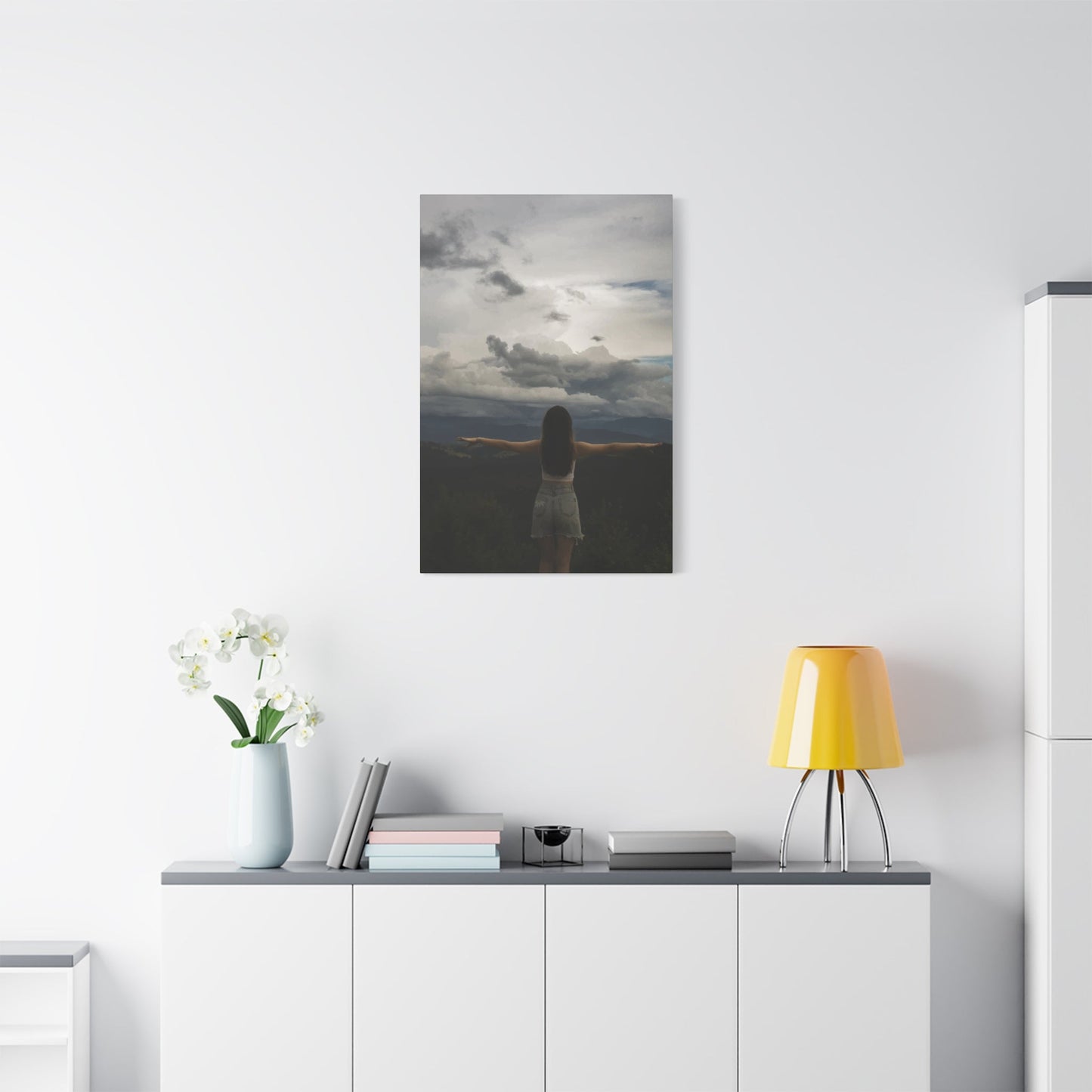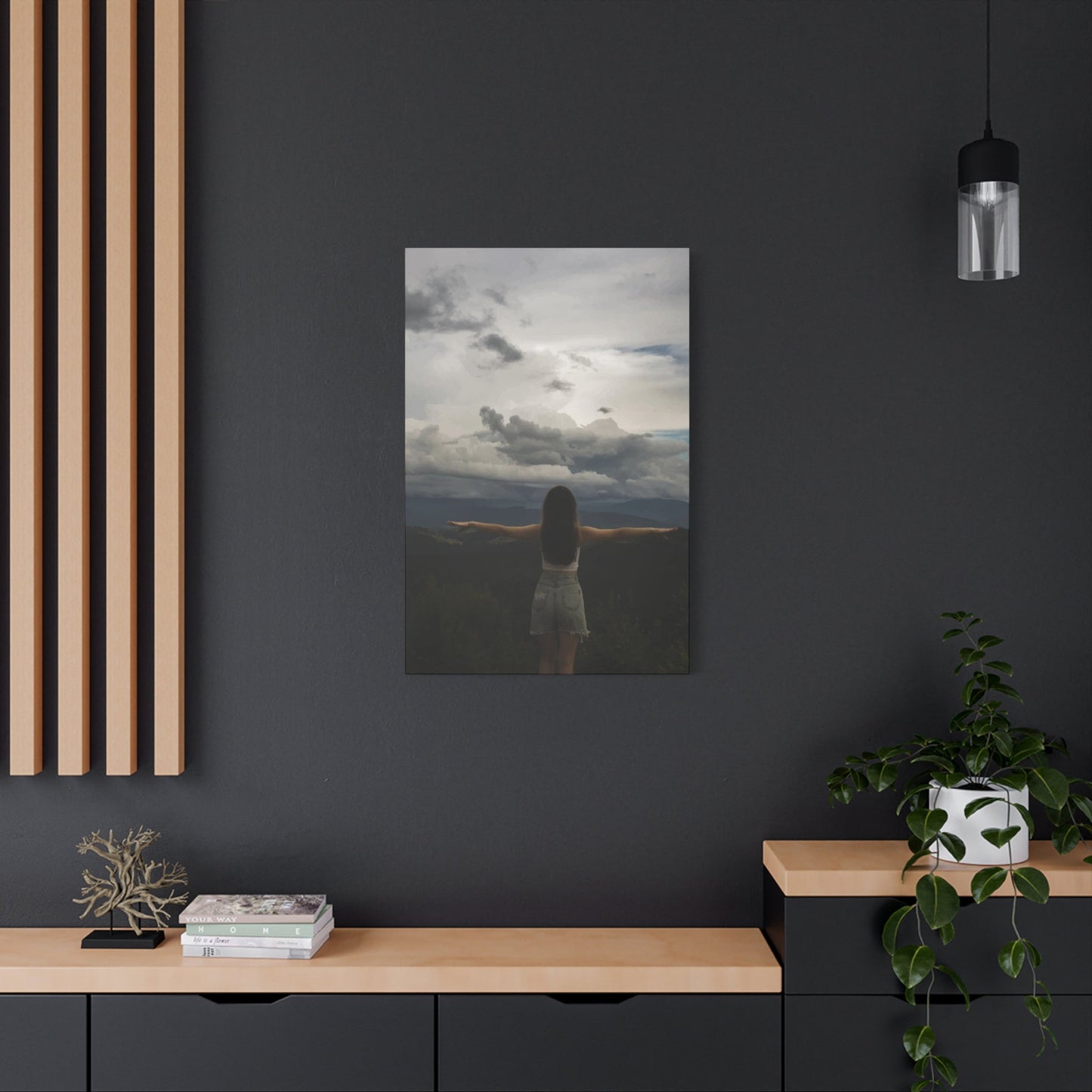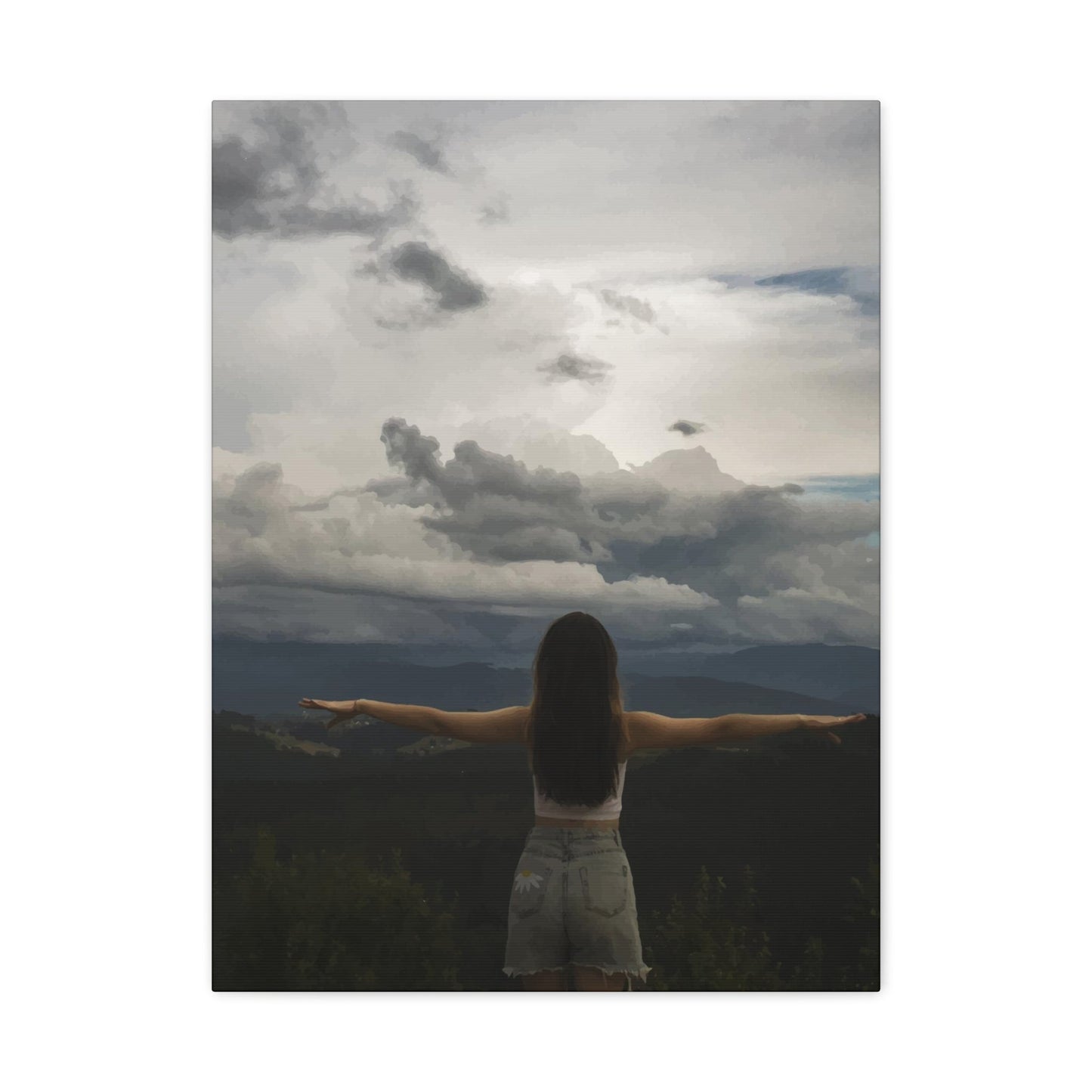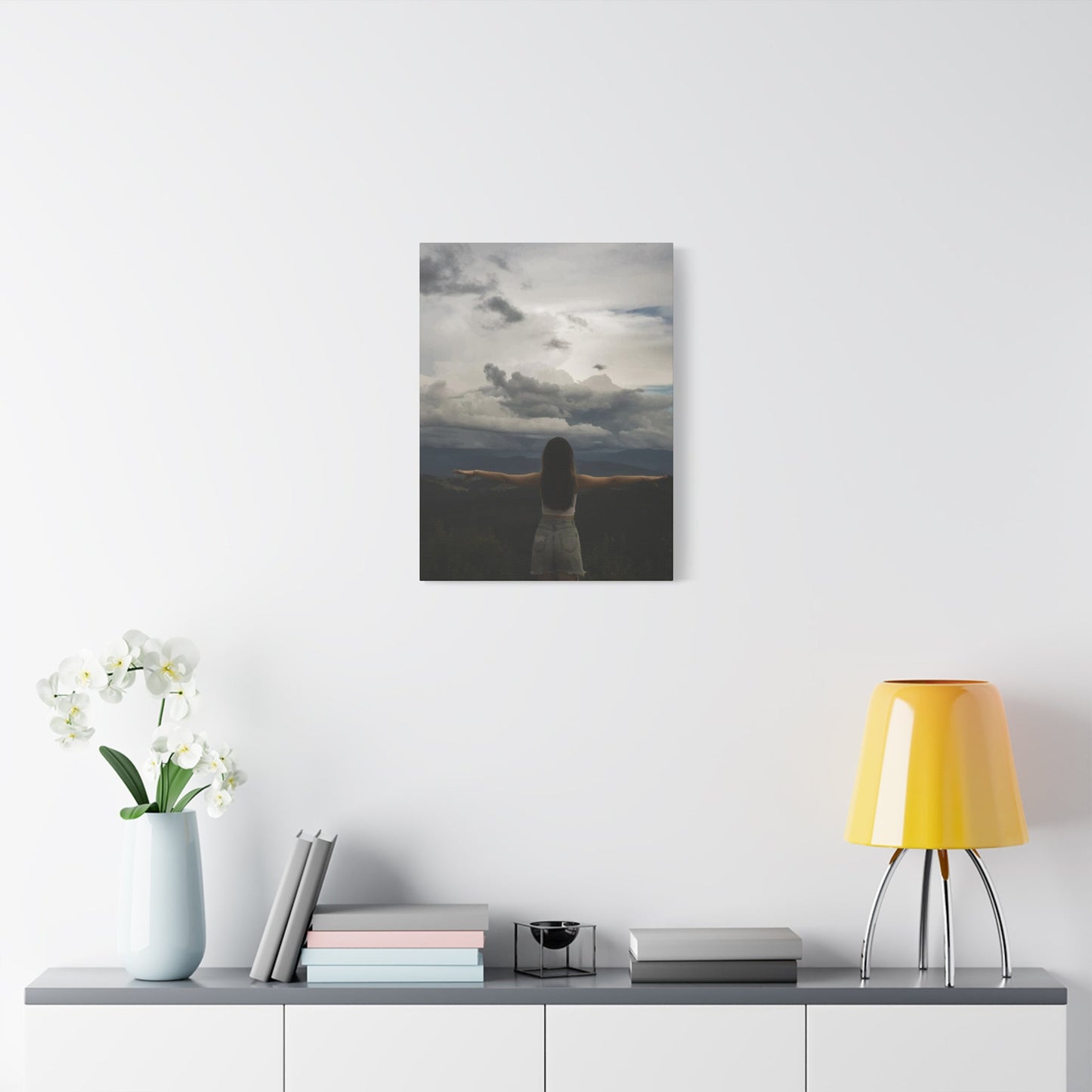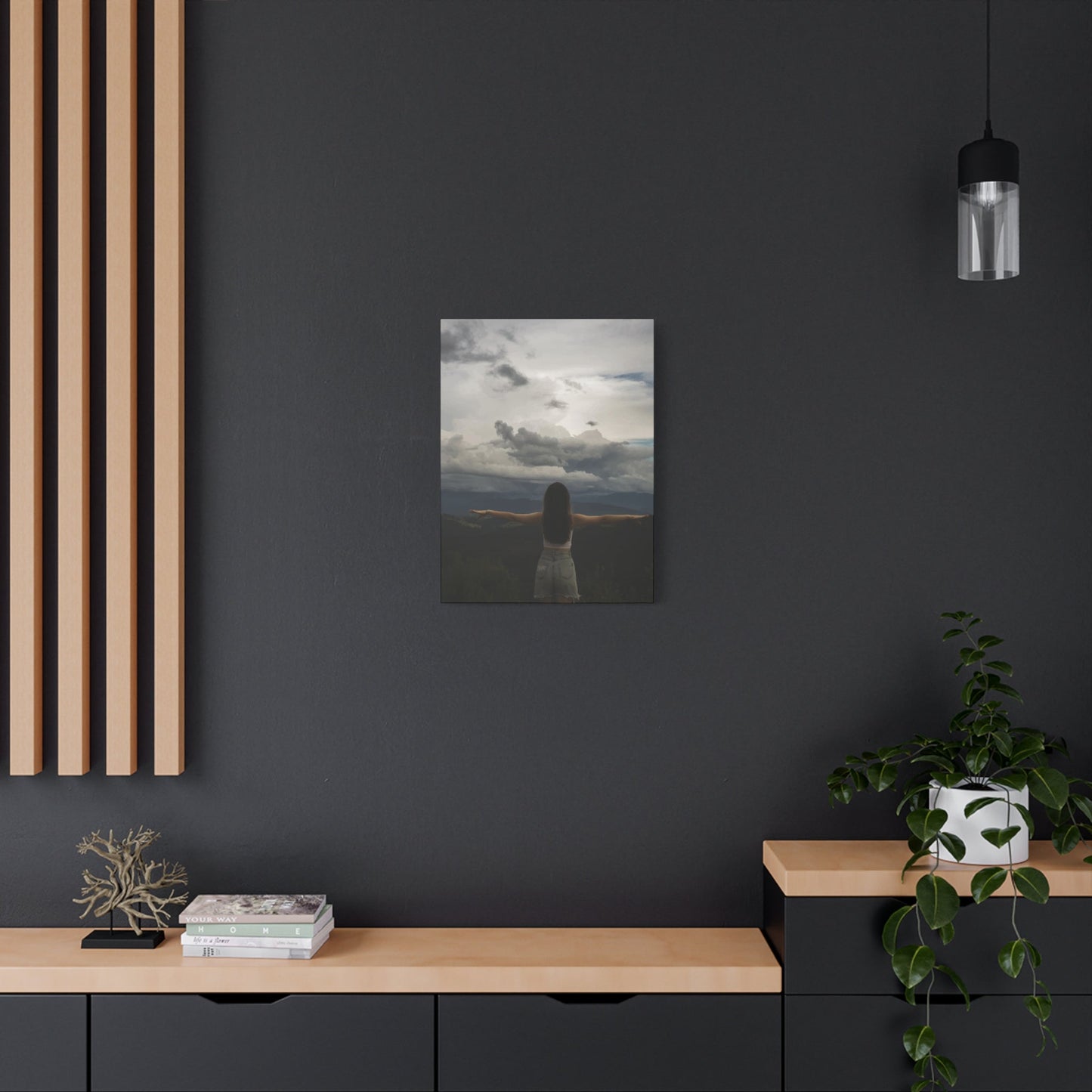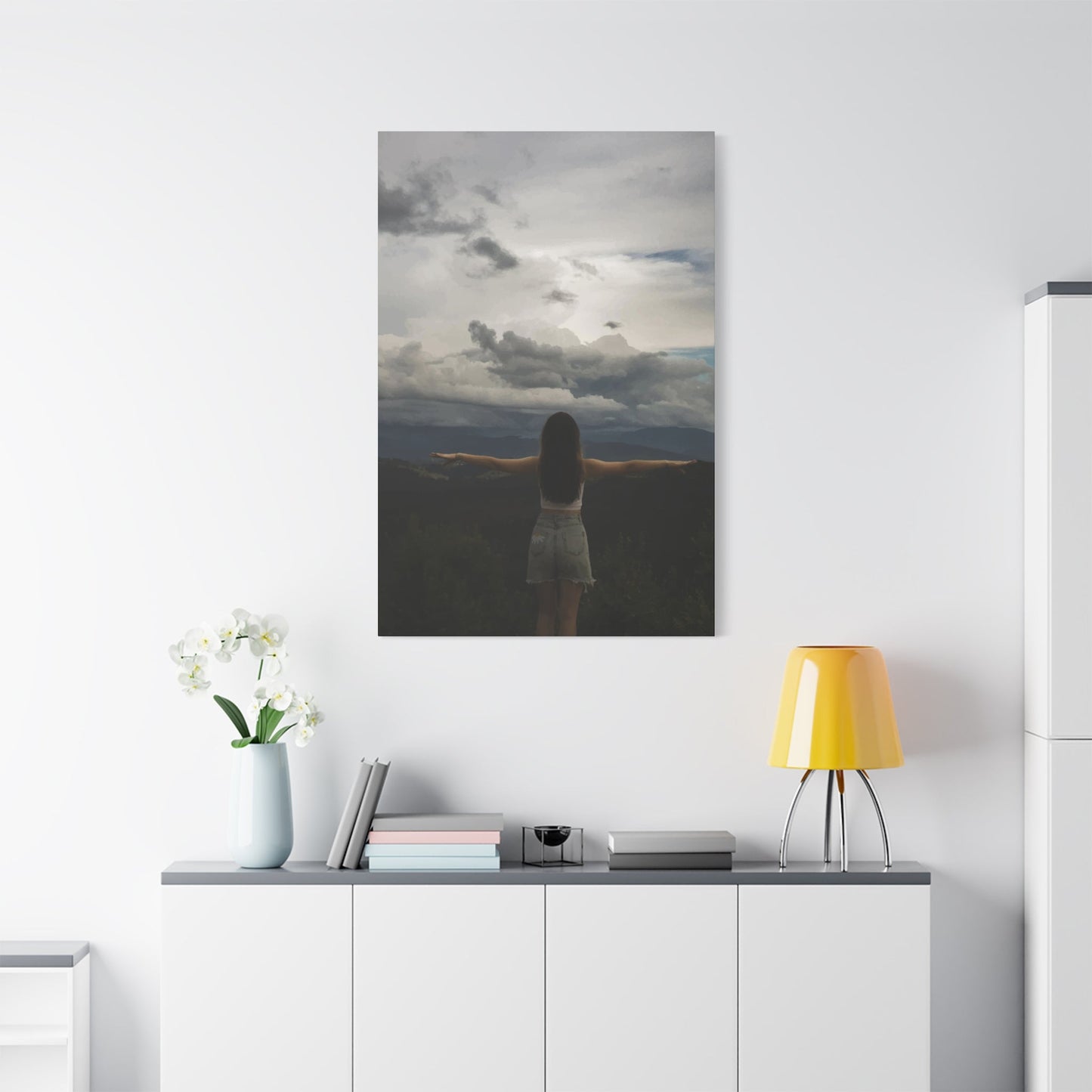Inspiring Fly High Wall Art: The Ultimate Guide to Aviation-Themed Interior Design
The concept of flight has captivated humanity for centuries, representing freedom, aspiration, and the relentless pursuit of dreams. Fly High Wall Art embodies these profound sentiments, transforming ordinary living spaces into extraordinary environments that inspire and motivate. This distinctive genre of decorative art encompasses a vast spectrum of aviation-themed imagery, from vintage aircraft illustrations to contemporary abstract interpretations of flight dynamics.
The popularity of aviation-inspired decor has surged dramatically in recent years, as homeowners and interior designers recognize the powerful emotional impact these pieces create. Unlike traditional landscape or portrait artwork, Fly High Wall Art serves as a constant reminder of limitless possibilities and boundless horizons. The imagery associated with flight naturally draws the eye upward, creating an illusion of expanded vertical space while simultaneously evoking feelings of wanderlust and adventure.
Contemporary interior design trends have embraced the industrial aesthetic that aviation themes naturally complement. The sleek lines of aircraft, the metallic finishes of propellers, and the geometric patterns found in aeronautical engineering translate beautifully into wall art that speaks to modern sensibilities. Whether incorporated into minimalist spaces or eclectic collections, these pieces add dimension and narrative depth to any room.
Exploring Different Styles and Categories of Aviation Wall Art
The world of Fly High Wall Art encompasses numerous artistic styles and thematic approaches, each offering unique aesthetic qualities and emotional resonance. Vintage aviation posters represent one of the most sought-after categories, featuring nostalgic imagery from the golden age of flight. These pieces often showcase classic aircraft designs, exotic destinations, and bold typography that captures the excitement and glamour associated with early commercial aviation.
Abstract interpretations of flight offer another compelling avenue for artistic expression. These contemporary pieces utilize color, form, and composition to convey the sensation of soaring without relying on literal representations of aircraft or aviators. Through sweeping brushstrokes, dynamic color palettes, and fluid compositions, abstract aviation art captures the emotional essence of flight rather than its physical manifestations.
Photographic aviation art presents yet another dimension to this genre, offering stunning imagery of aircraft in various settings and lighting conditions. From dramatic silhouettes against sunset skies to detailed close-ups of vintage propellers and wing structures, photographic pieces provide realistic beauty that complements both traditional and contemporary interior designs.
Technical drawings and blueprint-style artwork appeal to those who appreciate the engineering marvels that make flight possible. These pieces celebrate the precision, innovation, and scientific achievement inherent in aviation design, often featuring detailed cross-sections of aircraft engines, wing structures, or navigation instruments rendered in precise, technical detail.
Incorporating Fly High Wall Art into Various Room Settings
The versatility of aviation-themed artwork allows for seamless integration into virtually any room within the home. In living rooms, large-scale Fly High Wall Art pieces serve as commanding focal points that establish the room's thematic direction while providing conversation starters for guests. The scale and placement of these pieces can dramatically influence the perceived dimensions of the space, with horizontal compositions enhancing width and vertical pieces emphasizing ceiling height.
Bedroom environments benefit from more subdued aviation themes that promote relaxation while maintaining inspirational qualities. Soft-toned prints featuring clouds, hot air balloons, or gentle aircraft imagery create peaceful atmospheres conducive to rest while subtly reinforcing themes of dreams and aspirations. The positioning of such artwork above headboards or on accent walls can create intimate, personal spaces that reflect individual passions and interests.
Home offices and study areas represent ideal locations for more dynamic aviation artwork that energizes and motivates. Bold compositions featuring powerful aircraft, dramatic sky scenes, or inspirational quotes related to flight can enhance productivity and creativity. The psychological impact of viewing imagery associated with achievement and exploration can positively influence work performance and goal-setting behaviors.
Children's spaces offer unique opportunities for playful interpretations of aviation themes. Colorful cartoon aircraft, whimsical cloud formations, and friendly pilot characters create engaging environments that stimulate imagination while introducing young minds to concepts of exploration and adventure. The educational value of such artwork extends beyond mere decoration, potentially inspiring lifelong interests in aviation, engineering, or travel.
Color Schemes and Design Principles for Aviation-Themed Spaces
Successful incorporation of Fly High Wall Art requires careful consideration of color harmony and design principles that complement the chosen pieces while enhancing overall room aesthetics. The natural color palette associated with aviation includes various shades of blue representing sky and atmosphere, metallic tones reflecting aircraft construction materials, and earth tones representing landscapes viewed from above.
Monochromatic schemes utilizing different shades of blue create cohesive, calming environments that emphasize the celestial aspects of flight. Deep navy blues can ground a space while lighter sky blues add airiness and openness. The strategic use of white and cream tones as accent colors helps prevent monochromatic schemes from becoming overwhelming while maintaining the airy, elevated feeling associated with altitude.
Metallic accents in gold, silver, bronze, and copper complement aviation themes beautifully while adding sophistication and warmth to otherwise cool color palettes. These elements can be introduced through frame selections, decorative objects, or complementary artwork that features metallic aircraft components or sunset reflections on wing surfaces.
Contrast plays a crucial role in creating visually compelling aviation-themed spaces. The juxtaposition of dark aircraft silhouettes against bright sky backgrounds, or the interplay between organic cloud formations and geometric aircraft shapes, creates dynamic visual tension that maintains viewer interest and prevents spaces from appearing static or predictable.
Frame Selection and Presentation Methods for Aviation Artwork
The presentation of Fly High Wall Art significantly impacts its visual effectiveness and integration within interior spaces. Frame selection should complement both the artwork itself and the surrounding decor while enhancing the piece's thematic qualities. Traditional wooden frames work well with vintage aviation posters and historical photographs, while sleek metal frames better suit contemporary abstract pieces and technical drawings.
The finish and color of frames deserve careful consideration, as these elements can either harmonize with or deliberately contrast against wall colors and furniture finishes. Brushed aluminum or stainless steel frames echo the metallic construction of aircraft while providing neutral backgrounds that won't compete with colorful artwork. Aged bronze or copper finishes add warmth and vintage character appropriate for historical aviation themes.
Matting choices influence both the visual impact and preservation qualities of framed artwork. White or cream mats create clean, gallery-like presentations that work well in contemporary settings, while colored mats can tie artwork to specific room color schemes. The width of mat borders affects the perceived importance and scale of artwork, with wider mats generally creating more formal, museum-quality presentations.
Alternative presentation methods offer creative possibilities for displaying aviation-themed artwork. Canvas prints eliminate the need for glass and framing while providing textural interest and contemporary appeal. Metal prints create striking, modern presentations that complement industrial design elements while offering exceptional durability and color saturation.
Creating Gallery Walls with Mixed Aviation Themes
Gallery walls composed of multiple Fly High Wall Art pieces allow for complex storytelling and visual richness that single pieces cannot achieve. Successful gallery walls require careful planning regarding composition, scale relationships, and thematic coherence. The arrangement should create visual flow that guides the viewer's eye throughout the collection while maintaining overall balance and harmony.
Mixing different artistic styles within aviation themes adds depth and interest to gallery walls. Combining vintage photographs with contemporary illustrations, technical drawings with abstract interpretations, or color pieces with black-and-white imagery creates dynamic contrast while maintaining thematic unity. The key lies in identifying common elements such as color tones, compositional structures, or subject matter that link disparate pieces together.
Scale variation within gallery walls prevents monotonous arrangements while accommodating different viewing distances and room proportions. Large anchor pieces establish focal points and overall composition structure, while smaller supporting pieces fill spaces and add detail. The relationship between piece sizes should create rhythmic patterns that feel intentional rather than random.
Spacing between individual pieces affects both the visual cohesion and individual impact of artwork within gallery walls. Consistent spacing creates formal, organized appearances, while varied spacing can suggest more casual, collected-over-time arrangements. The background wall color influences optimal spacing decisions, with lighter walls typically requiring more generous spacing than darker backgrounds.
Lighting Considerations for Showcasing Aviation Wall Art
Proper illumination dramatically enhances the visual impact and appreciation of Fly High Wall Art while protecting valuable pieces from damage caused by excessive light exposure. The interplay between natural and artificial lighting sources throughout different times of day affects how artwork appears and should inform both placement and supplemental lighting decisions.
Natural light provides the most accurate color representation but varies significantly throughout the day and seasons. East-facing walls receive gentle morning light ideal for viewing artwork without harsh glare, while west-facing walls experience more intense afternoon light that may cause fading over time. North-facing walls receive consistent, indirect light throughout the day, making them excellent choices for valuable or light-sensitive pieces.
Artificial lighting allows precise control over illumination quality and duration. Picture lights mounted directly above artwork provide focused illumination that eliminates shadows and enhances detail visibility. Track lighting systems offer flexibility for illuminating multiple pieces or gallery walls while allowing adjustment as collections change or expand.
The color temperature of artificial lighting significantly affects how artwork appears. Warm light (2700K-3000K) enhances reds and yellows while potentially dulling blues, making it suitable for sunset aviation scenes or vintage posters with warm color palettes. Cool light (4000K-5000K) better represents daylight conditions and enhances blues and whites, ideal for sky scenes and contemporary pieces with cool color schemes.
Seasonal and Thematic Variations in Aviation Decor
The dynamic nature of aviation themes allows for seasonal adaptations that keep interior spaces feeling fresh and relevant throughout the year. Spring themes might emphasize new beginnings and adventure through imagery of aircraft preparing for takeoff or hot air balloons rising with morning thermals. Fresh, optimistic color palettes featuring bright blues and whites reflect the clarity and renewal associated with spring skies.
Summer aviation themes celebrate the peak flying season through imagery of aircraft at exotic destinations, aerial views of summer landscapes, or vintage travel posters promoting warm-weather getaways. Vibrant color palettes featuring intense blues, sunny yellows, and tropical greens capture the energy and excitement of summer travel adventures.
Autumn aviation decor can incorporate the dramatic color changes visible from altitude, featuring artwork that showcases the patchwork patterns of changing foliage as seen from above. Warmer color palettes emphasizing oranges, reds, and golden yellows create cozy atmospheres while maintaining the inspirational qualities associated with flight.
Winter aviation themes might focus on the stark beauty of aircraft against snow-covered landscapes or the cozy contrast between warm aircraft interiors and cold external environments. Cool color palettes featuring blues, whites, and silver tones can make spaces feel crisp and clean while suggesting the clarity of winter skies.
Incorporating Three-Dimensional Aviation Elements
Beyond traditional two-dimensional wall art, three-dimensional aviation elements add sculptural interest and tactile qualities to interior spaces. Propeller sculptures, whether authentic vintage pieces or contemporary reproductions, create stunning wall-mounted focal points that add depth and industrial character to aviation-themed rooms.
Model aircraft suspended from ceilings or mounted on walls provide dynamic visual elements that suggest movement and flight. The scale and positioning of such models affects their impact, with larger models serving as primary focal points and smaller models functioning as supporting design elements within broader aviation themes.
Aviation-related artifacts such as vintage instruments, maps, or equipment can be artfully arranged and displayed to complement traditional wall art while adding historical authenticity and educational value to spaces. These elements help create immersive environments that tell complete stories about aviation history and achievement.
Mixed-media approaches combining two and three-dimensional elements create the most engaging and sophisticated aviation-themed spaces. The interplay between flat artwork and sculptural elements adds visual complexity while preventing spaces from appearing overly themed or cartoon-like.
Personalizing Aviation Wall Art Collections
The most compelling Fly High Wall Art collections reflect personal connections to aviation, travel, or specific aircraft types. Personal photographs from flights, visits to air shows, or aviation museums can be professionally printed and framed to create meaningful additions to purchased artwork. These personal elements add authenticity and emotional resonance that mass-produced pieces cannot provide.
Custom artwork commissioned from aviation artists allows for highly personalized pieces that reflect specific interests, experiences, or aircraft preferences. Such commissioned works might feature particular aircraft types, specific airports or destinations, or commemorative themes related to personal flying experiences or family aviation history.
Collecting artwork related to specific airlines, aircraft manufacturers, or aviation eras creates focused themes that demonstrate expertise and passion while providing clear collecting criteria. This focused approach often results in more sophisticated and valuable collections than random accumulations of aviation imagery.
Geographic connections add another layer of personalization to aviation collections. Artwork featuring local airports, regional aircraft, or aerial views of familiar landscapes creates immediate emotional connections while celebrating specific places and their aviation heritage.
Maintaining and Preserving Aviation Wall Art Collections
Proper care and preservation of Fly High Wall Art ensures long-term enjoyment while protecting investment values. Understanding the specific needs of different artwork types helps prevent damage and deterioration that could compromise both appearance and value over time.
Framed pieces require attention to environmental factors such as humidity, temperature fluctuations, and light exposure. Maintaining stable indoor climates prevents expansion and contraction that can damage paper, canvas, or photographic materials. Avoiding placement near heating vents, air conditioning units, or windows that receive direct sunlight helps minimize environmental stress.
Regular cleaning of both artwork and frames prevents accumulation of dust and pollutants that can cause long-term damage. Gentle cleaning methods appropriate to specific materials help maintain appearance without causing harm. Professional cleaning and conservation services may be necessary for valuable or historically significant pieces.
Rotation of displayed artwork reduces cumulative light exposure while allowing enjoyment of larger collections. Proper storage methods for artwork not currently displayed protect pieces from damage while maintaining easy access for rotation. Flat storage in acid-free materials provides optimal conditions for works on paper, while canvas pieces may require specialized storage solutions.
Professional versus DIY Aviation Art Creation
The decision between purchasing professional aviation artwork and creating personal pieces depends on artistic skills, available time, and desired quality levels. Professional aviation artists bring expertise in both artistic techniques and aviation subject matter that results in accurate, compelling imagery that resonates with aviation enthusiasts.
DIY aviation art projects offer opportunities for personal expression while creating unique pieces that cannot be found elsewhere. Simple techniques such as aviation photography printing, vintage map collages, or painted aircraft silhouettes can produce attractive results without requiring extensive artistic training.
Digital art creation tools have democratized aviation art production, allowing enthusiasts to create sophisticated pieces using computer software and high-quality printing services. Online tutorials and templates specific to aviation themes provide guidance for those interested in exploring digital art creation.
The combination of purchased professional pieces with personal DIY creations often produces the most satisfying and authentic aviation art collections. This approach balances quality and uniqueness while allowing for budget-conscious collection building over time.
Aviation Wall Art in Commercial and Professional Spaces
Fly High Wall Art finds natural homes in commercial environments connected to aviation, travel, or transportation industries. Airport terminals, airline offices, and aviation museums utilize large-scale aviation artwork to reinforce brand identity while creating inspiring environments for employees and visitors.
Professional offices benefit from aviation-themed artwork that suggests achievement, progress, and forward-thinking approaches to business challenges. The aspirational qualities inherent in aviation imagery can positively influence workplace culture while impressing clients and visitors with sophisticated aesthetic choices.
Hospitality venues such as hotels, restaurants, and bars often incorporate aviation themes to create memorable atmospheres that differentiate them from competitors. Vintage aviation posters in particular evoke the glamour and excitement of travel's golden age, appealing to guests' desires for adventure and escape.
The scale requirements for commercial spaces typically exceed those of residential environments, creating opportunities for dramatic, large-format aviation artwork that makes powerful visual statements. Professional consultation may be valuable for ensuring appropriate scale relationships and thematic coherence in larger commercial projects.
Cultural and Historical Significance of Aviation Art
Aviation art serves as both decoration and historical documentation, preserving visual records of humanity's conquest of flight while celebrating the courage and innovation of aviation pioneers. Understanding the cultural context of different aviation art pieces enhances appreciation while informing collection decisions.
World War aviation art commemorates the sacrifice and heroism of military aviators while documenting aircraft types and historical events that shaped global history. Such pieces carry emotional weight and educational value that extend beyond their aesthetic qualities, making them meaningful additions to collections focused on historical significance.
Commercial aviation art from different eras reflects changing attitudes toward flight, travel, and exploration. Early aviation posters emphasized the excitement and novelty of flight, while contemporary pieces might focus more on environmental concerns or global connectivity themes.
International variations in aviation art reflect different cultural perspectives on flight and its significance. French aviation posters emphasize elegance and sophistication, while American pieces often celebrate power and achievement. Understanding these cultural nuances adds depth to collecting decisions and display choices.
Investment Potential of Aviation Wall Art
Original aviation artwork, particularly pieces by recognized aviation artists or vintage promotional materials from major airlines, can represent sound investment opportunities while providing aesthetic enjoyment. Understanding market factors that influence aviation art values helps inform purchasing decisions for collectors interested in both beauty and financial returns.
Rarity significantly affects aviation art values, with limited edition prints, original paintings, and historical pieces commanding premium prices. Condition plays an equally important role, as damage or restoration can dramatically impact value. Professional appraisal services help establish accurate values for insurance and resale purposes.
Artist recognition and reputation strongly influence aviation art markets. Established aviation artists with museum exhibitions and published works typically maintain stronger resale values than unknown creators. Research into artist backgrounds and market performance helps identify promising investment opportunities.
Historical significance adds value to aviation art pieces connected to important events, aircraft, or personalities in aviation history. Provenance documentation becomes crucial for establishing authenticity and historical connections that support premium valuations.
Sourcing and Acquiring Aviation Wall Art
Multiple channels exist for acquiring Fly High Wall Art, each offering different advantages in terms of selection, pricing, and authenticity verification. Understanding these various sources helps collectors make informed decisions while building meaningful collections within available resources.
Art galleries specializing in aviation themes provide curated selections with professional expertise regarding artist backgrounds, piece authenticity, and market values. Gallery relationships often provide access to new works, special exhibitions, and artist events that enhance collecting experiences.
Online marketplaces offer vast selections and competitive pricing but require greater buyer expertise for evaluating quality, authenticity, and fair pricing. Detailed photographs, seller ratings, and return policies help mitigate risks associated with remote purchasing decisions.
Aviation museums and air shows frequently feature art vendors offering pieces specifically created for aviation enthusiasts. These venues provide opportunities to meet artists, see pieces in person, and often feature exclusive or commemorative works not available elsewhere.
Estate sales and auctions occasionally yield valuable aviation art pieces, particularly when collections are being dispersed. These sources may offer opportunities for acquiring rare or valuable pieces at favorable prices, though condition and authenticity verification becomes essential.
Digital and Print-on-Demand Options for Aviation Art
Contemporary printing methods have revolutionized access to high-quality aviation artwork while reducing costs and expanding selection options. Digital printing allows for reproduction of aviation art in various sizes and materials, making it possible to customize pieces for specific spaces and preferences.
Canvas printing creates museum-quality reproductions that eliminate the need for glass while providing textural interest and contemporary appeal. High-resolution printing preserves fine detail while offering resistance to fading and moisture damage that makes canvas suitable for various room environments.
Metal printing produces striking, modern presentations with exceptional color saturation and durability. The metallic surface enhances aviation themes while providing easy cleaning and maintenance. Mounting systems allow for floating presentations that add dimensional interest to wall displays.
Print-on-demand services enable access to vast libraries of aviation imagery while allowing customization of sizes, materials, and framing options. These services often feature work by contemporary aviation artists alongside historical and vintage imagery, providing comprehensive selection options.
Psychological Impact of Aviation Imagery in Interior Spaces
The presence of Fly High Wall Art in living and working spaces creates measurable psychological effects that extend beyond mere aesthetic enjoyment. Aviation imagery naturally evokes associations with freedom, achievement, and limitless possibility that can positively influence mood, motivation, and creative thinking.
Studies in environmental psychology demonstrate that artwork depicting open skies and flight can reduce feelings of confinement while promoting sense of spaciousness even in smaller rooms. The upward-directed energy inherent in aviation imagery counters downward psychological pressures often associated with stress and negativity.
Motivational effects of aviation art stem from associations with human achievement and the overcoming of seemingly impossible challenges. Historical aviation imagery reminds viewers of humanity's triumph over natural limitations while suggesting that current challenges can similarly be overcome through determination and innovation.
The escapist qualities of aviation art provide mental respite from daily routines and responsibilities. Viewing imagery of distant places and aerial perspectives offers temporary mental transportation that can reduce stress while stimulating imagination and creative thinking processes.
Environmental and Sustainability Considerations
Modern awareness of environmental impact extends to art collecting and display choices, creating opportunities for sustainable approaches to building aviation art collections. Understanding environmental factors helps make responsible choices while maintaining aesthetic and collecting goals.
Sustainable materials in frame and matting selections reduce environmental impact while often providing superior longevity and appearance. Recycled aluminum frames, sustainably sourced wood, and acid-free matting materials support environmental goals while protecting artwork investments.
Local sourcing of aviation artwork reduces transportation-related environmental impact while supporting regional artists and businesses. Local aviation history provides rich subject matter that creates meaningful connections while reducing supply chain environmental costs.
Digital display options eliminate physical material consumption while providing flexibility for changing displays and seasonal variations. High-quality digital frames and projection systems can showcase vast collections without requiring physical storage space or materials.
Conservation approaches to collecting emphasize acquisition of existing pieces rather than commissioning new works, reducing material consumption while preserving aviation art heritage. Restoration of damaged pieces extends useful life while preventing waste.
Combining Aviation Art with Other Decorative Themes
Successful interior design often involves blending multiple thematic elements to create sophisticated, layered environments that reflect diverse interests and experiences. Aviation wall art integrates successfully with numerous other decorative themes when approached thoughtfully and systematically.
Travel and adventure themes naturally complement aviation artwork, creating comprehensive collections that celebrate exploration and discovery. Maps, vintage luggage, and destination photography work harmoniously with aircraft imagery to suggest complete travel narratives rather than isolated aviation interests.
Industrial design themes align perfectly with aviation aesthetics, sharing appreciation for functional beauty, metallic finishes, and engineering precision. Exposed steel elements, concrete surfaces, and minimalist furniture enhance aviation artwork while creating cohesive industrial environments.
Nautical themes share many aesthetic and philosophical connections with aviation, both celebrating human conquest of natural elements and the romance of exploration. The combination of maritime and aviation imagery creates comprehensive transportation themes while expanding collecting opportunities.
Vintage and retro themes provide natural contexts for historical aviation artwork while allowing incorporation of period-appropriate furniture and accessories. Mid-century modern design particularly complements golden-age aviation imagery, sharing optimistic views of the present and technological progress.
Conclusion
The world of Fly High Wall Art represents far more than simple decoration; it embodies humanity's eternal fascination with flight and the boundless possibilities it represents. From vintage aviation posters that capture the glamour of early commercial flight to contemporary abstract interpretations that explore the emotional essence of soaring, this genre offers remarkable diversity for collectors and decorators seeking to infuse their spaces with inspiration and aspiration.
Throughout this comprehensive exploration, we have examined the multifaceted nature of aviation-themed interior design, from practical considerations such as frame selection and lighting to deeper philosophical questions about the psychological impact of flight imagery on our daily lives. The evidence consistently demonstrates that thoughtfully chosen and properly displayed aviation artwork can transform ordinary spaces into extraordinary environments that motivate, inspire, and uplift those who experience them.
The versatility of aviation themes allows for successful integration into virtually any interior design style, from industrial lofts that celebrate the mechanical beauty of aircraft engineering to traditional homes where vintage aviation posters add sophisticated touches of adventure and worldliness. This adaptability ensures that aviation art collections can grow and evolve alongside changing personal tastes and living situations, providing lasting value that extends far beyond initial aesthetic appeal.
As we have seen, building meaningful aviation art collections requires consideration of numerous factors including personal connections to aviation, available space and lighting conditions, color harmony with existing decor, and long-term preservation requirements. The investment potential of carefully chosen pieces adds another dimension to collecting decisions, though the primary value lies in the daily inspiration and joy these pieces provide to their owners.
The democratization of art through digital printing and online marketplaces has made high-quality aviation artwork more accessible than ever before, while traditional channels such as galleries and air shows continue to offer opportunities for discovering unique and valuable pieces. This diversity of sourcing options ensures that collectors at every level can participate in building meaningful collections that reflect their individual passions and circumstances.
Looking toward the present, the enduring appeal of flight ensures that aviation art will continue to evolve and flourish as new artists explore fresh interpretations of timeless themes. The integration of sustainable practices in art production and collecting reflects growing environmental awareness while maintaining the essential inspirational qualities that make aviation art so compelling.
Whether you are beginning your first foray into aviation art collecting or seeking to expand an existing collection, the principles and insights explored throughout this guide provide a foundation for making informed decisions that will bring lasting satisfaction and inspiration. The key lies in choosing pieces that resonate personally while considering how they will function within your specific interior design context and long-term collecting goals.
The transformative power of Fly High Wall Art lies not merely in its ability to beautify spaces, but in its capacity to remind us daily of human achievement, limitless possibility, and the importance of maintaining our dreams of soaring ever higher. In a world often focused on limitations and obstacles, aviation artwork serves as a constant reminder that barriers exist to be overcome and horizons exist to be explored.
As you embark on or continue your journey with aviation-themed interior design, remember that the most successful collections are those that reflect genuine passion and personal connection rather than following prescribed formulas or trends. Trust your instincts, follow your interests, and allow your spaces to evolve naturally as your appreciation for aviation art deepens and expands over time.













